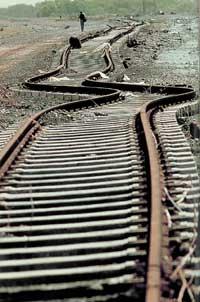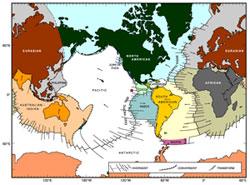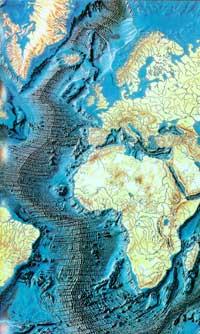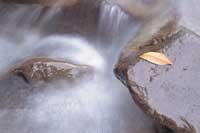Earthquakes are caused by dehydration
2003/01/01 Elhuyar Zientzia Iturria: Elhuyar aldizkaria
So far scientists did not know how earthquakes occurred at great depth. High pressures and deep temperatures make the continental plate melt. Therefore, when the continental and oceanic plate collides, the oceanic plate is introduced below the continental one. As the plate sinks, continuous earthquakes occur 600 km deep.

The problem is that earthquakes are due to rock breakage, but below 50 km the temperature and pressure are so high that rocks have plastic characteristics that do not break. How then do earthquakes occur at that depth?
A paper published in the journal Science explains that the key may be in dehydration of rocks. Serpentine rock is common in the earth's mantle, and the laboratory has analyzed serpentine behavior at high temperatures and pressures. Thus, chemical reactions have found that the water containing the serpentine is expelled.
As reactions progress, water accumulates in the outer pores of the rock and finally water breaks the rock. Therefore, the earthquake occurs when the rocks dehydrate and break.

Gai honi buruzko eduki gehiago
Elhuyarrek garatutako teknologia






